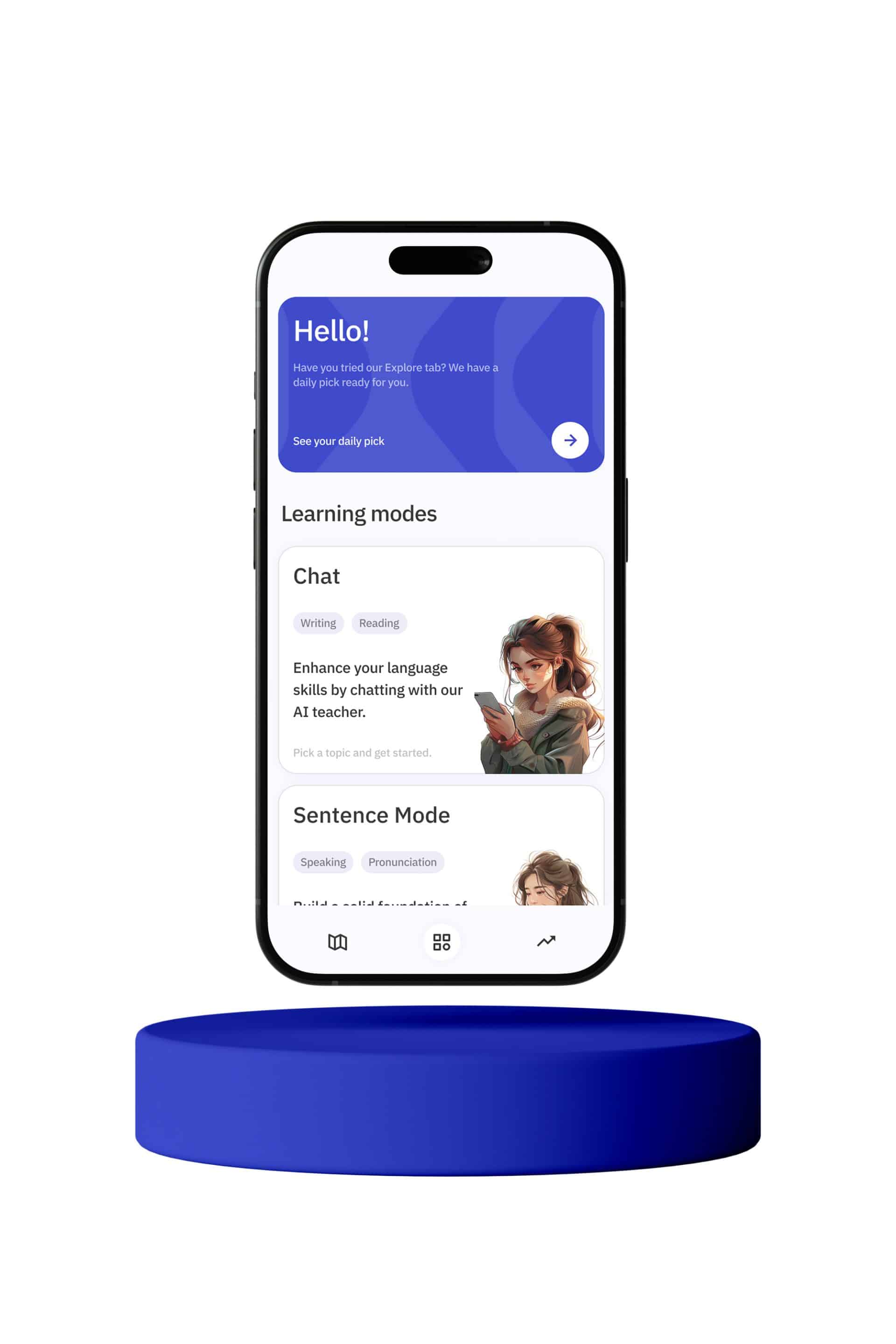Learning a new language is always an exciting journey, and for many, Korean is a fascinating language to explore. One of the first things language learners often seek to understand is how to express basic emotions such as happiness and unhappiness. In Korean, these emotions are expressed with the words 행복 (haengbok) and 불행 (bulhaeng), respectively. Let’s dive into the nuances of these words and how to use them in various contexts.
행복 (haengbok) is the Korean word for “happiness” or “being happy.” This word is commonly used to describe an emotional state of contentment, joy, or pleasure. For example, you might say:
오늘 정말 행복해요. (Oneul jeongmal haengbokhaeyo.)
Today I’m really happy.
In this sentence, 오늘 (oneul) means “today,” 정말 (jeongmal) means “really,” and 행복해요 (haengbokhaeyo) is the polite form of “am happy.”
On the other hand, 불행 (bulhaeng) means “unhappiness” or “being unhappy.” It is used to express feelings of sadness, misery, or discontent. For instance, you might hear:
그 소식을 듣고 불행했어요. (Geu sosigeul deutgo bulhaenghaesseoyo.)
I was unhappy to hear the news.
Here, 그 (geu) means “that,” 소식 (sosik) means “news,” 듣고 (deutgo) means “hear and,” and 불행했어요 (bulhaenghaesseoyo) is the polite past tense form of “was unhappy.”
Understanding the root words can also help in grasping their meanings more deeply. The word 행복 (haengbok) is composed of two parts: 행 (haeng), which means “luck” or “fortune,” and 복 (bok), which means “blessing” or “happiness.” Together, they form a word that essentially means “blessed with good fortune” or “happy.”
Conversely, 불행 (bulhaeng) is made up of 불 (bul), which is a prefix that negates the meaning of the word it is attached to, and 행 (haeng) meaning “luck” or “fortune.” Thus, 불행 means “unfortunate” or “unhappy.”
When learning these emotions in Korean, it is important to also understand the cultural context. In Korean culture, emotions are often expressed more subtly than in Western cultures. Therefore, words like 행복 and 불행 may not always be used directly to describe someone’s emotional state. Instead, Koreans might use more nuanced expressions or situational descriptions to convey their feelings.
For example, instead of saying “I’m happy,” one might say:
이 순간 정말 좋아요. (I sungan jeongmal joayo.)
This moment is really good.
Here, 좋아요 (joayo) means “good” and is often used to express contentment or happiness without directly using the word 행복.
Similarly, instead of saying “I’m unhappy,” one might say:
기분 이 안 좋아요. (Gibun i an joayo.)
I’m not feeling good.
In this sentence, 기분 (gibun) means “mood” or “feeling,” and 안 (an) is a negative prefix meaning “not.” So, 기분 이 안 좋아요 translates to “I’m not feeling good.”
Another important aspect to consider is the formality of the language. Korean has different speech levels that convey respect or intimacy. For example, the informal way to say “I’m happy” is 행복해 (haengbokhae), while the formal way would be 행복합니다 (haengbokhamnida). Similarly, “I’m unhappy” in an informal tone is 불행해 (bulhaenghae), and in a formal tone it is 불행합니다 (bulhaenghamnida).
Moreover, there are other ways to describe happiness and unhappiness in Korean. For instance, 기쁘다 (gippeuda) means “to be glad” or “to be happy,” and 슬프다 (seulpeuda) means “to be sad.” These words can be used</








